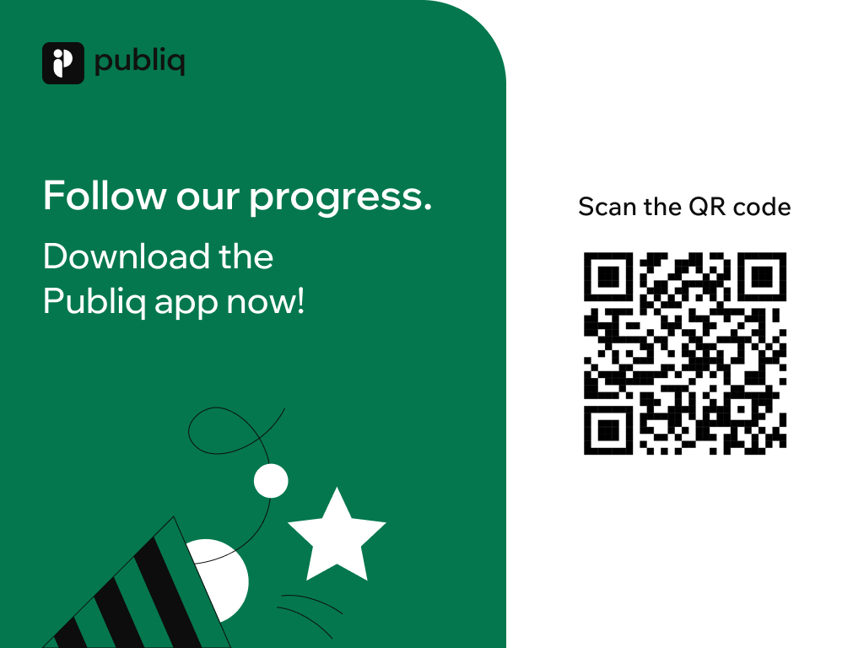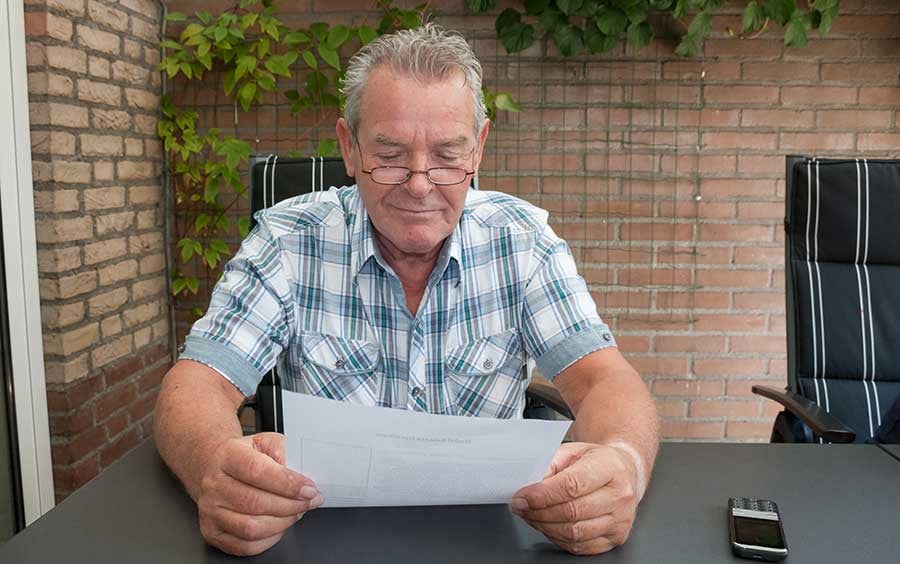In almost every project in a residential area, municipalities and contractors use letters to inform local residents. These letters are often sent with a clear purpose. Residents are called to participate in walk-in meetings or requested to park their car elsewhere at a certain time. These letters are incredibly relevant and important to the community. That is why it is crucial that as many people as possible read the letters and understand its core message. In this blog, we share the lessons learned from the countless resident letters we have come across over the last years.
Tip 1: Determine the most important message
A common pitfall is that you want to say too much in one letter. Therefore, determine in advance what your most important message is. This way you have the framework clear before you start writing. That makes it a lot easier to “build” the rest of your letter around the message.
Tip 2: Start with the most important message
No matter how good your letter is, it will never be the case that everyone reads the letter in its entirety. There are many reasons why people drop out halfway through. Simply because they don’t like to read or because they are distracted by a ringing telephone or a child that requires attention. The question is whether they will pick up the letter again later to read through the entire message. Therefore, state your most important message right at the beginning and avoid a long, politely intended introduction before you get to the point.

Tip 3: Use bullets instead of pieces of text
Bullet points:
- are more pleasant to read, compared through paragraphs of text;
- make your message clear and to the point;
- force you to write concisely.
Of course, you can provide further explanation after the list, but often this is not even necessary.
Tip 4: Visualize your message
A picture often says more than a thousand words. Therefore, preferably add a clear image in which the message is clearly stated. In our case, for example, the Publiq logo with the text below: “Download Publiq to your smartphone to follow the project”. If it concerns a request to park the car elsewhere on a certain day, for example, create a large blue parking sign with the relevant date underneath. This makes the message clear, even without reading the content of the letter.

Tip 5: Optimize your subheadings
Many people scan the letter before deciding to read it. Therefore, provide stimulating subheadings that immediately draw readers into the story. The combination of a good title, clear images and concise subheadings ensure that the main message of the letter is almost impossible to miss.
Tip 6: Use active language
Active language is important to make your letter pleasant to read. But it is often not a natural way of writing. Often times, we tend to write sentences such as:
In week 23, the parking spaces will be broken up to lay the cabling for the new light poles in your street.
Passive language can be recognized by signal words such as: will be or shall be. To make it active, we will rather focus on the actor. You will then end up with the following sentence:
In week 23, we will open up the parking spaces and install the cabling for the new light poles in your street.
It seems like a minor change, but when you apply this consistently throughout the letter, the letter is a lot easier to read.
Tip 7: Avoid long sentences
Keep your sentences short. Chop long sentences in half to make it easy to read.
For example, the sentence:
Because we will be replacing the sewer system in your street in the week of September 7, 2021, we ask you to park your car in the nearby St. Johns street from Monday, September 7 (see map at the bottom of the letter).
Is going to be:
In the week of September 7, we will replace the sewer in your street. That is why we ask you to park your car in Sint Jansstraat from Sunday 6 September. The map at the bottom of this letter indicates the location of the temporary parking spaces.

In brief
Limit the amount of information by defining a clear purpose and main message of the letter.
Make your message clear at a glance by making smart use of visualisations and subheadings.
Use active language and avoid long sentences.
Bonus tip: Reduce the number of resident letters
With the use of Publiq, you can significantly reduce the number of resident letters. In the first letter, you refer to the App that contains all up-to-date project information. This tackles the common problem that the schedule is already out of date by the time the letters are delivered.
